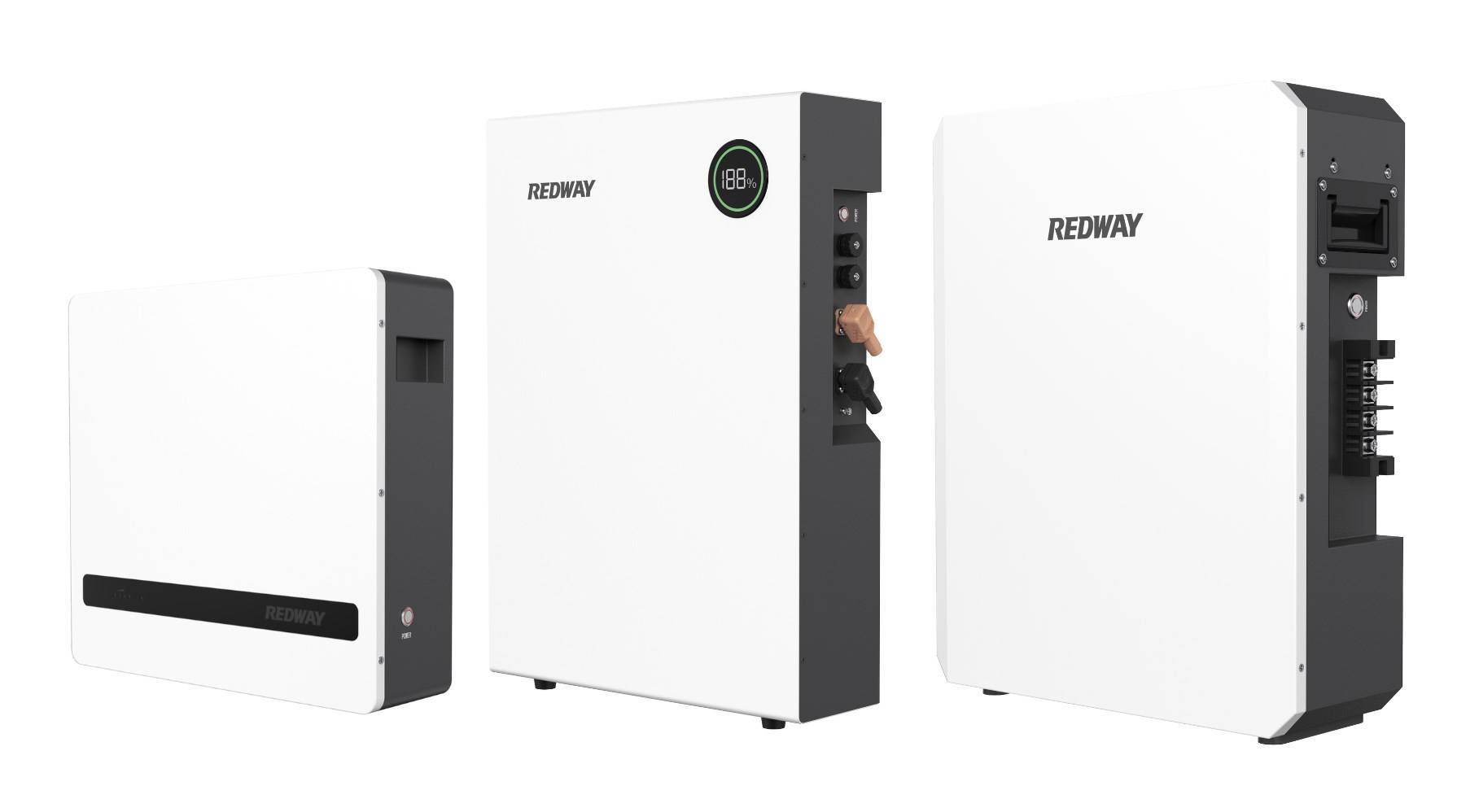Home Energy Storage Systems (ESS) are essential for homeowners looking to optimize energy efficiency, reduce costs, and enhance resilience against power outages. Understanding the size and capacity of your ESS is crucial in meeting your home’s energy demands effectively. This guide will help you navigate through determining your needs, ensuring you make an informed decision.
How can you understand Home Energy Storage Systems?
Home Energy Storage Systems (ESS) store excess energy generated from renewable sources like solar panels or during off-peak hours from the grid. They allow homeowners to utilize this stored energy during peak demand or outages, improving energy independence and reducing electricity bills. The capacity of an ESS, measured in kilowatt-hours (kWh), indicates how much energy it can hold, while size refers to its physical dimensions.
Why is determining your energy needs crucial?
Determining your energy needs is fundamental in selecting an appropriate ESS. Start by assessing your household’s daily energy consumption using past utility bills or smart meters. Consider future changes such as adding electric vehicles or new appliances that may increase demand. This assessment helps ensure that your chosen system can adequately meet your current and anticipated needs.
How do you choose the right size and capacity for your ESS?
Choosing the right size and capacity involves several steps:
- Calculate Daily Usage: Multiply daily consumption by the number of days of backup needed during outages.
- Consider Peak Power Needs: Ensure that the system can handle peak demands, especially if multiple high-draw appliances are used simultaneously.
- Evaluate Battery Technology: Different technologies (like lithium-ion vs. lead-acid) offer varying capacities and lifespans, impacting overall performance.
Chart: Daily Energy Consumption Calculation
| Daily Consumption (kWh) | Backup Days | Required Capacity (kWh) |
|---|---|---|
| 30 | 1 | 30 |
| 30 | 2 | 60 |
| 40 | 3 | 120 |
What factors should you consider when integrating with renewable energy sources?
Integration with renewable sources like solar panels is vital for maximizing efficiency. Ensure that:
- The ESS is sized appropriately to match the solar array’s output.
- The inverter can handle the power generated without wasting excess energy.
This alignment ensures optimal charging of the battery system, enhancing overall performance.
Chart: Solar Array Output vs. ESS Size
| Solar Array Output (kW) | Recommended ESS Size (kWh) |
|---|---|
| 5 | 10 |
| 10 | 20 |
| 15 | 30 |
How can you calculate the ideal capacity for your residential ESS?
To calculate ideal capacity:
- Assess load profiles by identifying all electrical devices and their usage patterns.
- Use this data to estimate total energy requirements.
- Apply sizing formulas that relate load demand with generation capabilities.
What steps should you take for load analysis?
Conducting a load analysis involves:
- Identifying all appliances and their power ratings.
- Monitoring usage patterns over time.
- Using this information to create a comprehensive profile of energy needs.
How do you analyze solar power installation for your ESS?
When analyzing solar installations:
- Ensure proper placement to maximize sunlight exposure.
- Match inverter capacity with both solar output and storage capabilities.
- Consider environmental factors that may affect performance, like shading from trees or buildings.
Buy Wholesale Battery Tips
For those interested in bulk purchases, Redway Battery is an excellent choice for battery wholesale buyers or OEM orders overseas. To make OEM orders from a reliable manufacturer like Redway Battery:
- Identify your specific battery requirements.
- Contact Redway’s sales team with details about your order.
- Discuss customization options tailored to your needs.
Redway Battery has over 13 years of experience in manufacturing lithium batteries, a superior alternative to lead-acid batteries due to their efficiency and longevity.
Industrial News
The demand for residential energy storage systems continues to rise as more homeowners seek sustainable solutions amid increasing electricity prices and environmental concerns. Recent reports indicate a surge in installations driven by advancements in battery technology and government incentives aimed at promoting renewable energy adoption.
Redway Expert Views
“Understanding how to size and integrate home energy storage systems is crucial for maximizing efficiency and savings,” states an expert at Redway Battery. “Homeowners must consider both current consumption patterns and future needs to select the right system.”
FAQ Section
- What is a Home Energy Storage System?
A Home Energy Storage System (ESS) stores excess electricity generated from renewable sources or during off-peak times for later use, enhancing energy independence. - How do I determine my household’s energy needs?
Assess past utility bills or use smart meters to monitor usage patterns, factoring in potential future changes like new appliances or electric vehicles. - What are the benefits of integrating solar power with an ESS?
Integrating solar power allows homeowners to store excess energy generated during sunny days, reducing reliance on grid electricity and lowering utility bills.



